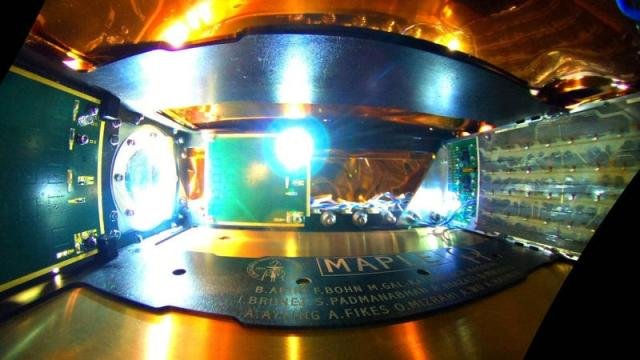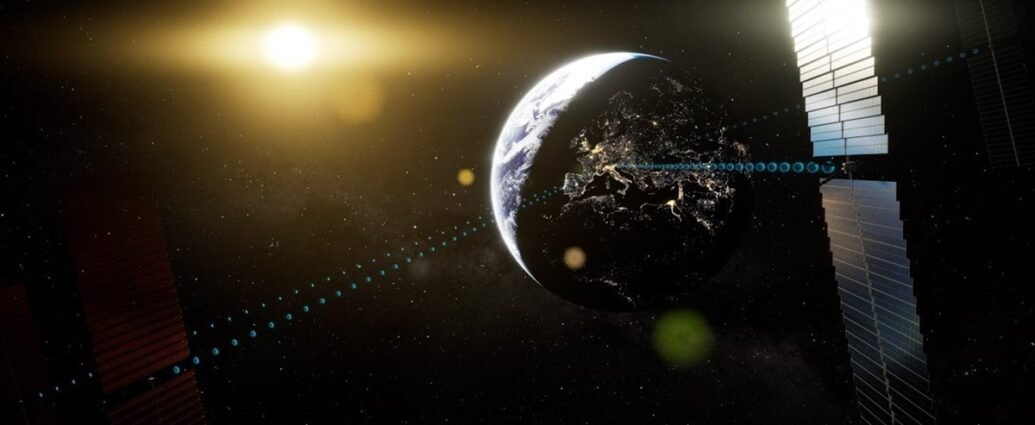Scientists from Caltech’s Space Solar Power Project (SSPP) notified the press that they had successfully transferred solar energy captured by an orbiting satellite down to the Earth’s surface as well as to neighboring receivers in space.

The experiment, known as the Microwave Array for Power-transfer Low-orbit Experiment (MAPLE), was launched in January. The MAPLE transmitters were launched aboard the Space Solar Power Demonstrator (SSPD).
The microwave transmitters, according to the researchers, employ constructive and destructive interference as well as precise timing controls to focus and direct the energy gathered by solar panels mounted atop the SSPD.

So far, tests have shown that MAPLE can effectively send electricity to receivers in space. The team was also able to program the array to direct its energy toward Earth, which was detected at Caltech, California. In their testing, the scientists were successfully able to transmit energy to two separate receivers in space roughly one foot away, unshielded from solar radiation.
The more mind-blowing feat is that scientist were able to send solar power all the way down to the Earth’s surface, where a receiver on the roof of a building on the Caltech campus picked up a signal matching the scientists’ predictions.

In principle, if this technology can be scaled up, it may be utilized to overcome the two major limitations of solar energy on the ground: weather and night. A solar panel in space, above the clouds and free of earthly cycles, may have practically unrestricted access to the Sun’s beams.
The challenge with employing space-based solar power is bringing the energy down to Earth, but SSPP scientists believe that barrier can be overcome.
Reference- Caltech Newsroom, Interesting Engineering, Futurism, Science Atlas






